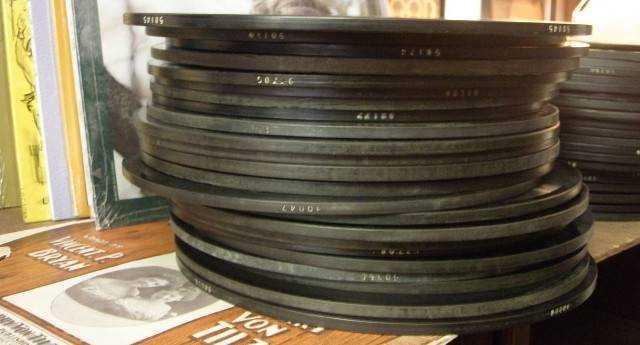The flat-disc record
In the 1890s, the transition to flat-disc records began. The recording was etched onto a disc we today recognise as a record. The main advantage of the disc record was that it could be mass-produced, whereas a phonograph had to be recorded individually.
Discs were first sold in a five-inch version, then seven-inch, then a ten-inch, and finally a 12-inch version. Interest in double-sided records started to rise in 1903, and Edison took the opportunity to make a 1/4-inch disc that could only be played on Edison Disc Phonographs.
23
108 reads
CURATED FROM
IDEAS CURATED BY
The idea is part of this collection:
Learn more about personaldevelopment with this collection
How to align stakeholders
Best practices in product management leadership
How to create value together
Related collections
Similar ideas to The flat-disc record
The Maya: Record-keeping and astronomy
Record-keeping was essential for agriculture, astronomy and prophecy. By keeping records of the seasons, the Maya could determine the best times to plant and harvest their crops.
Moreover, recording the movements of the sun, moon, planets and stars helped them to develop accurate calendar...
The story of music consumption: The phonograph
Music has always been an important part of human culture. Until 1877, people could only listen to music when someone was playing, whether in a concert hall or at home.
But Thomas Edison's invention of the phonograph revolutionised the consumption of music. Sounds to be rec...
Read & Learn
20x Faster
without
deepstash
with
deepstash
with
deepstash
Personalized microlearning
—
100+ Learning Journeys
—
Access to 200,000+ ideas
—
Access to the mobile app
—
Unlimited idea saving
—
—
Unlimited history
—
—
Unlimited listening to ideas
—
—
Downloading & offline access
—
—
Supercharge your mind with one idea per day
Enter your email and spend 1 minute every day to learn something new.
I agree to receive email updates

